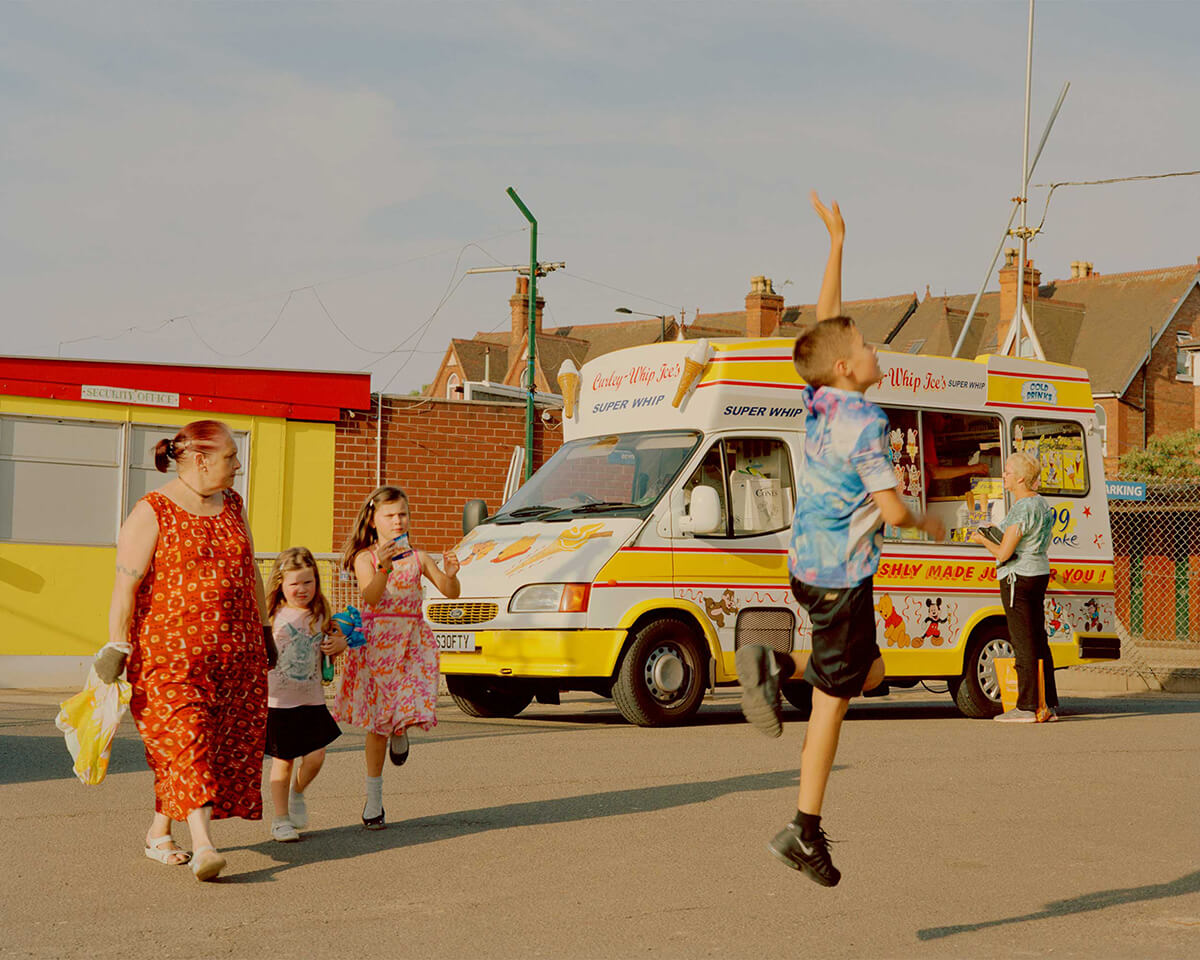INTERVIEW
Untold Everyday Truths
WITH SAM WRIGHT
An interview with Sam Wright
“While initially daunting, the process of approaching strangers and seeking their consent has become a valuable learning experience, enabling me to connect with individuals and capture genuine moments in a unique way.”
Sam Wright won 1st Prize in our recent Home Sweet Home competition with an image judge Jonas Tebib praised for its striking quality, emphasizing the concept of home being dynamic rather than static. It’s taken from a broader series about the Traveler community, and a most recent project from Sam’s overarching photographic search for untold everyday stories – the subcultures we align ourselves with, and the moments of daily normalcy that can be elevated into something more profound.
Here we put some questions to Sam, asking him about his creative approach, how he juggles his own ideas with those of his clients, and even how all of the hype around AI-generated imagery is affecting his practice…
Dear Sam, congratulations on winning our Home Sweet Home competition. What did you make of the judges’ comments?
Thank you! It’s such an honour to have won a first prize for this image. It’s a project that means a lot to me so it feels great that other people also appreciate the work. I think the judges summed up the image brilliantly and understood my expectations of what the image should represent to the viewer.
Can you tell us a little more about the image itself and the circumstances behind it?
This image was taken at Appleby Horse Fair, a well-attended and known event in the Traveller and Roma Gypsy calendar. I spent some time in a caravan with a family chatting and taking photos. As I got to know the parents, they called the rest of the family back to have their photo taken. I gave some subtle direction of where to stand and then composed the shot and let the scene play out. When shooting this project I witnessed strong family connections, and both confidence and maturity in the younger generation, that’s rarely seen in the settled community. I also love the setting of the portrait, a traditional bow top caravan between a vintage ford and a modern Range Rover, providing a metaphor for a culture with two sides.
Tell us a little more about that body of work in general – the genesis, your approach, and what, as an outsider, you want to discover for yourself and communicate to the viewer.
It’s part of a wider project called Pillar to Post. The project came about after I spent some time at Apple-by Horse Fair. On arrival I was greeted with warm hospitality and open conversations and was quickly made to feel welcome. It was clear that this culture has been very wrongly represented in the media and I wanted to try to create a more honest and human portrayal of the community. Given the current government pressures on people living a nomadic lifestyle, it feels like an important time for this work to be released.
The project is just about finished and I’m currently talking to publishers about turning it into a book with both photographs and interviews I have conducted.
The documentation of untold everyday stories is a theme that runs through your work – whether in this traveler community or at city cafes, fairgrounds or speedway tracks. What is it that attracts you to these types of settings? And do you have a dream place or culture you’d love to shoot?
I think my attraction to document and photograph everyday untold stories comes from an interest of how people live day to day, whether that be the mundane or something a little more alternative. Wherever I go, I am always searching for an interesting story or a face that catches my eye.
There is depth and authenticity in everyday narratives that often go unnoticed or unappreciated. By immersing myself in them and in different communities, I can meet new people, learn more for myself and also try to shed light on the unique cultures that exist within them.
I’m currently planning a trip to Ireland to photograph and learn more about the Travelling culture over there. There’s a big fair that I will be visiting which has always been a dream of mine to go to.
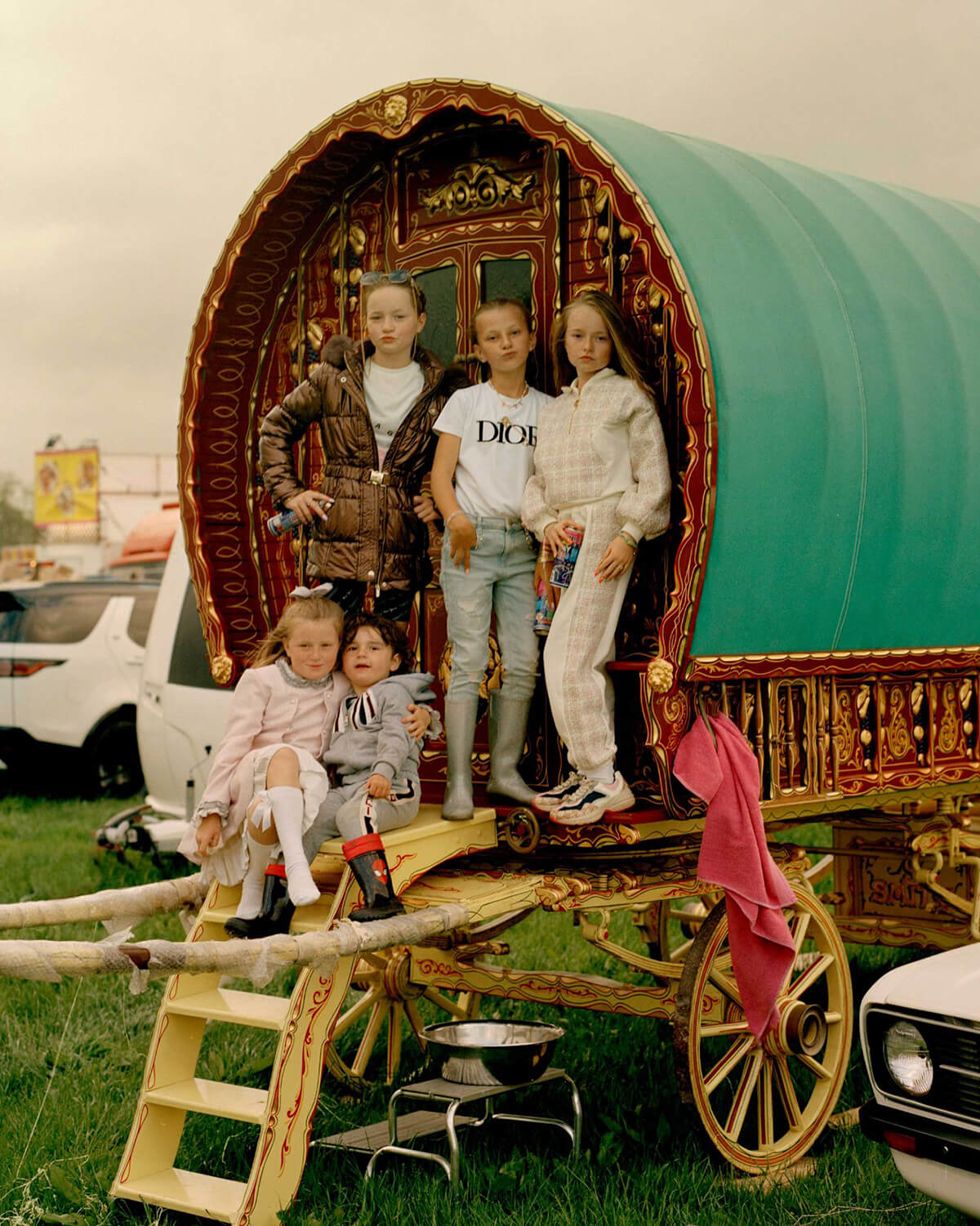
SAM’S WINNING HOME SWEET HOME IMAGE, FROM THE SERIES PILLAR TO POST
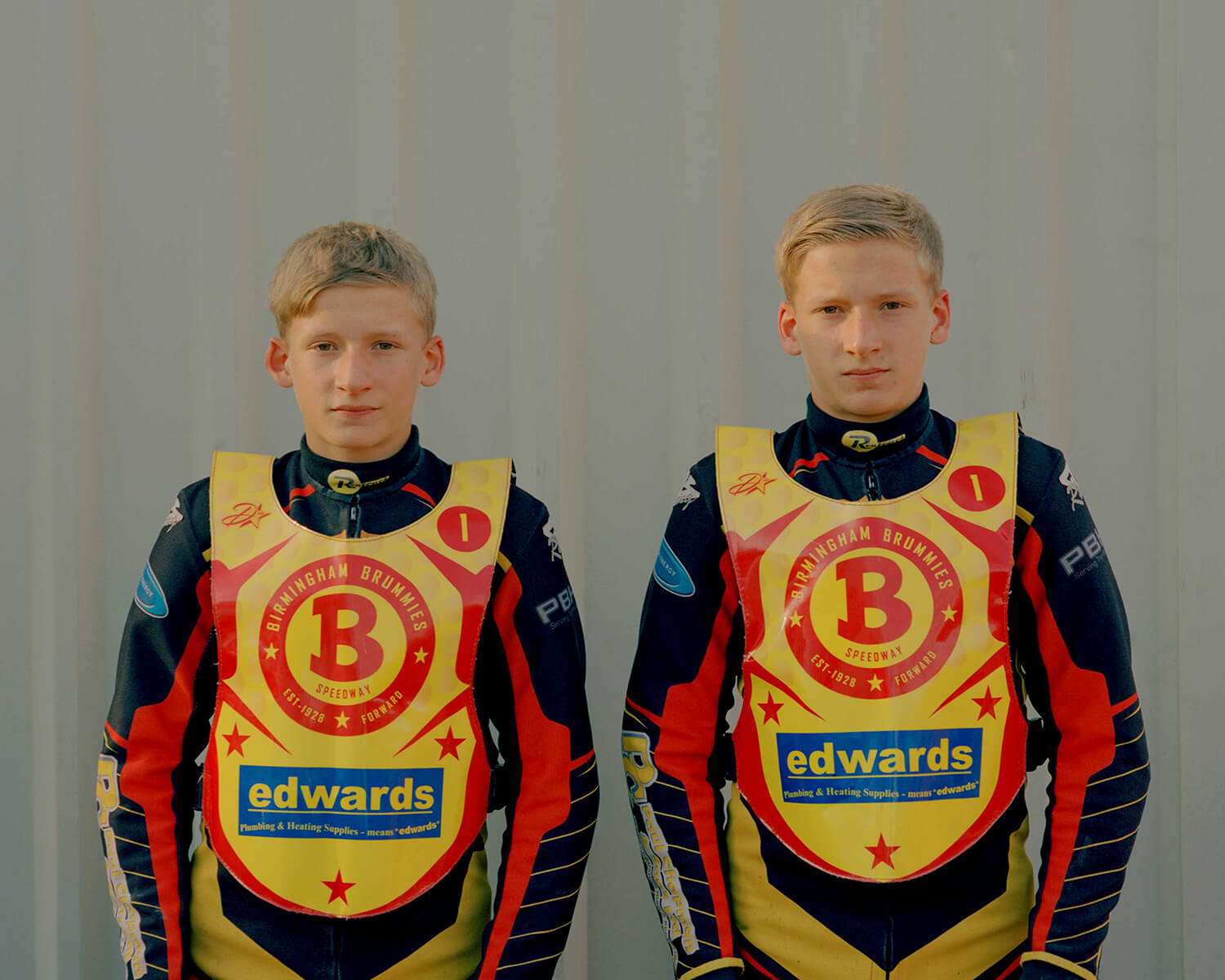
FROM THE SERIES SPEEDWAY
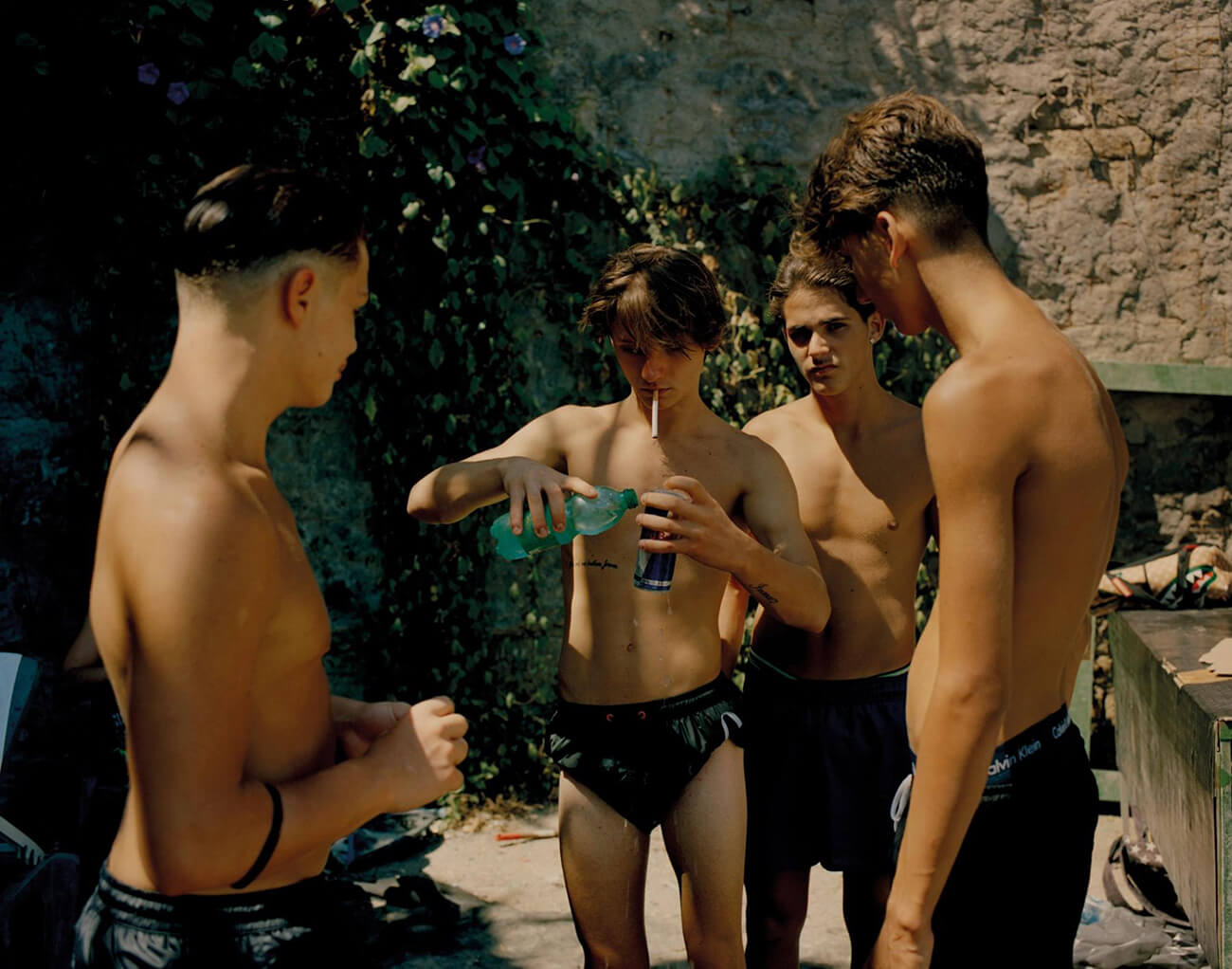
FROM THE SERIES THE CITY OF THE SUN
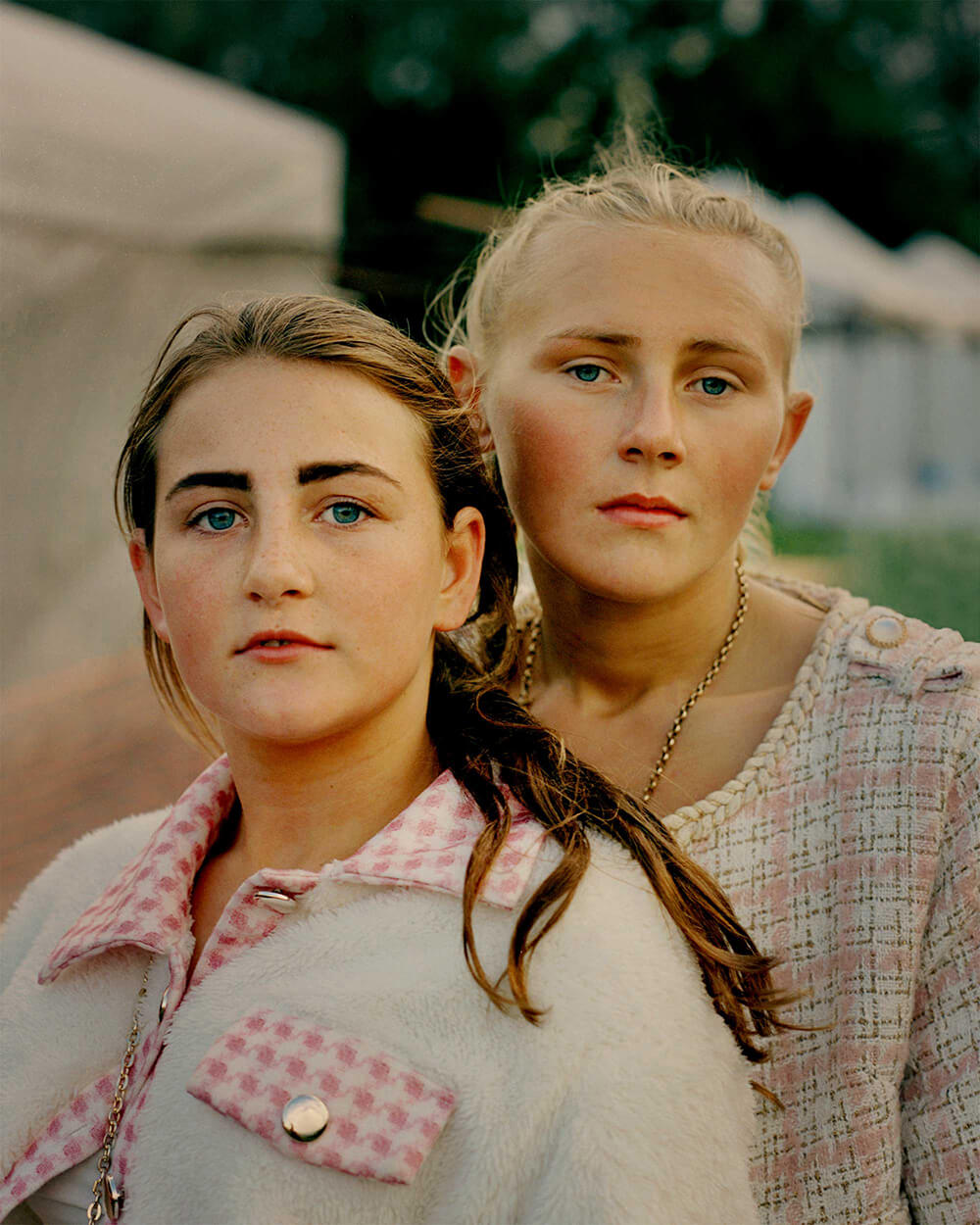
FROM THE SERIES PILLAR TO POST
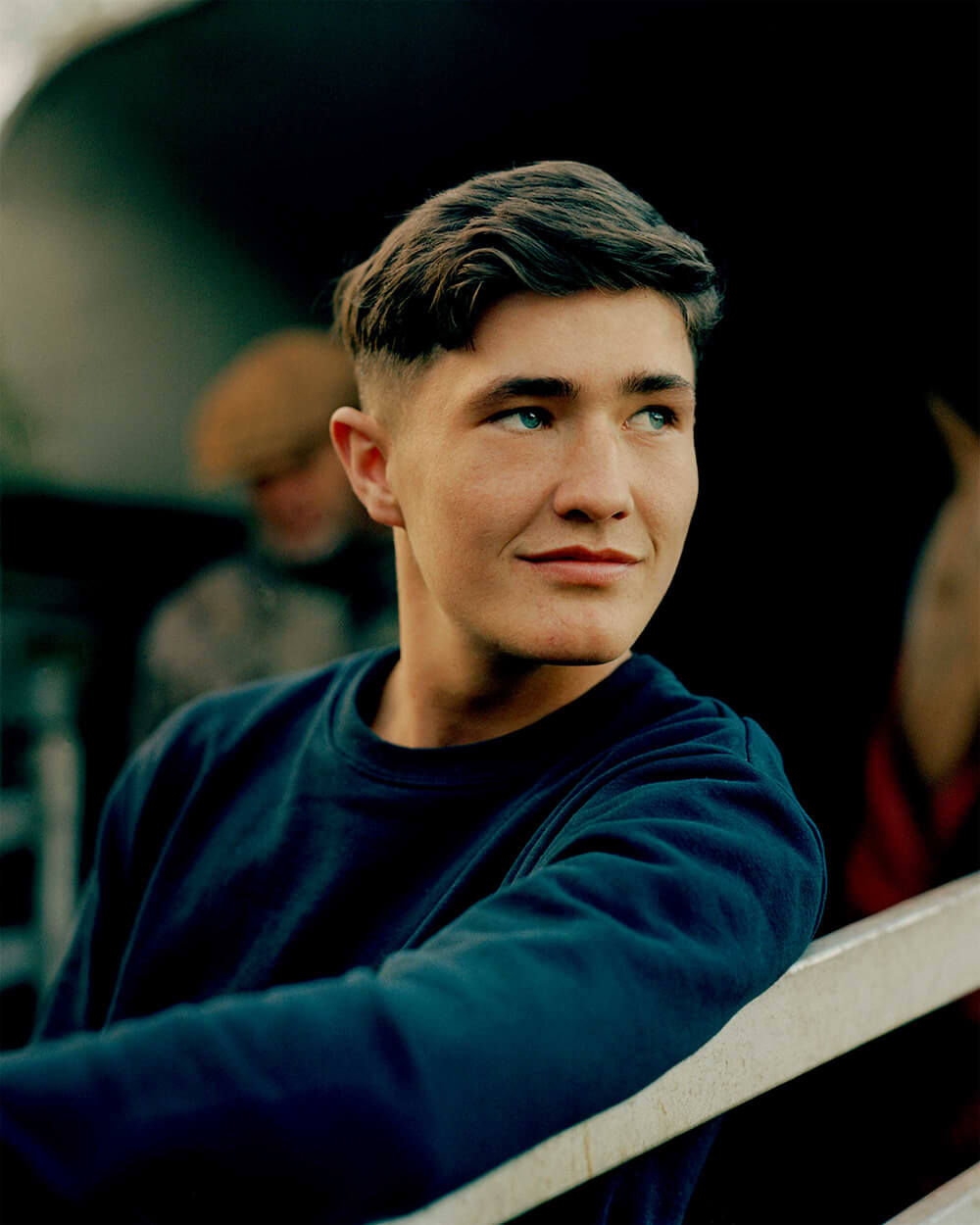
FROM THE SERIES PILLAR TO POST
The resulting images often show an arranged reality… real people in real places, but photographed in pose rather than captured candidly. How do you create this dialogue working with your subjects? Is it something that comes naturally?
Although most of the work I shoot is real life, and the content is quite documentary focussed, my photographic style is more considered and stylised. I want to elevate these moment into photographic and cinematic images that convey emotion, narrative and atmosphere for the viewer.
My typical approach involves initiating a conversation with individuals and requesting their permission to take their photograph. Usually, there is a need to provide an explanation for my interest, especially when dealing with individuals who are not accustomed to being photographed regularly.
Being a sociable person, this approach aligns well with my personality, and it feels natural to engage with people in this manner. While initially daunting, the process of approaching strangers and seeking their consent has become a valuable learning experience, enabling me to connect with individuals and capture genuine moments in a unique way.
You also describe your work as being centered around beautiful light and it’s true – your work us united by warm, almost sepia-tinged hues. How do you go about getting this aesthetic? Are you a ‘golden hour’ devotee?
The warm light has become a large factor that adds to the aesthetic of my work. This originally came about from spending time travelling. I was in hot countries where the light became very harsh and unflattering after 10am, this meant I would be up at sunrise and sunset shooting through golden hour.
I grew to love this light, how it interacts across a scene or a person and the warmth and richness it brings. Combining this light with Kodak film has shaped my colour palette.
Can you show us and tell us about one or two shots you’re particularly proud of?
The first is “Runner Up”. It was my first photo that got any real recognition and helped kick start my career as a photographer as it was exhibited in the National Portrait Gallery.
It’s a shot of a young boxer in a very sensitive moment post-fight, after losing to a much bigger opponent. It holds significant meaning for me and carries a sense of resilience and perseverance, reminiscent of the idea that when life knocks you down, you must pick yourself up, brush off the dust, and make another attempt.
The second is “Father and Son”. I wanted to select an image from my recent project Pillar to Post, as it represents what I think is my best work yet. While my previous works have always possessed a narrative quality, this project delves into a more significant matter, aiming to enlighten individuals about a misunderstood culture.
You also shot motion, which we think is a more recent practice than your photography. How has that learning process been? And is it immediately apparent to you what should be a stills vs. a moving image project?
Shooting motion is relatively new to me and has become a very important and exciting part of my practice. It’s given me a whole new tool box to work with. I love how photography is so spontaneous and allows me to work alone with no restrictions, whereas shooting motion has brought a more collaborative creative process, which has led to new ideas and approaches, as well as strong bonds and friendships with the people I work with. I think this is something that is rarely experienced through a photographer’s personal practice. It has been a steep learning curve but one that I have massively enjoyed and want to carry on.
I think it is always very clear to me which projects will work for stills and motion. I think every project could work with both in the final output stage but some projects require a quicker, more intimate shooting process which means that it is sometimes best for me to go alone.
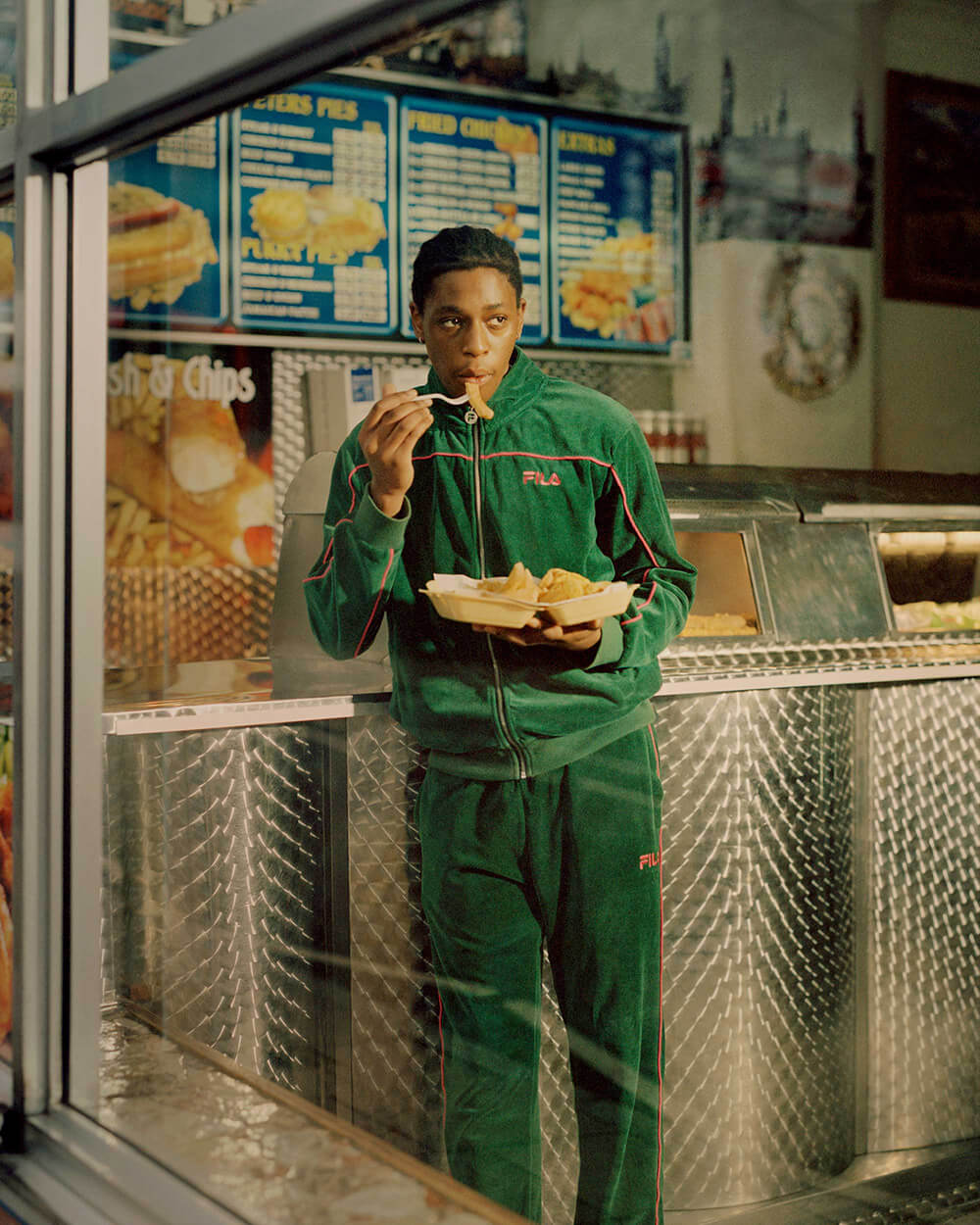
FROM THE SERIES LOCAL LONDON
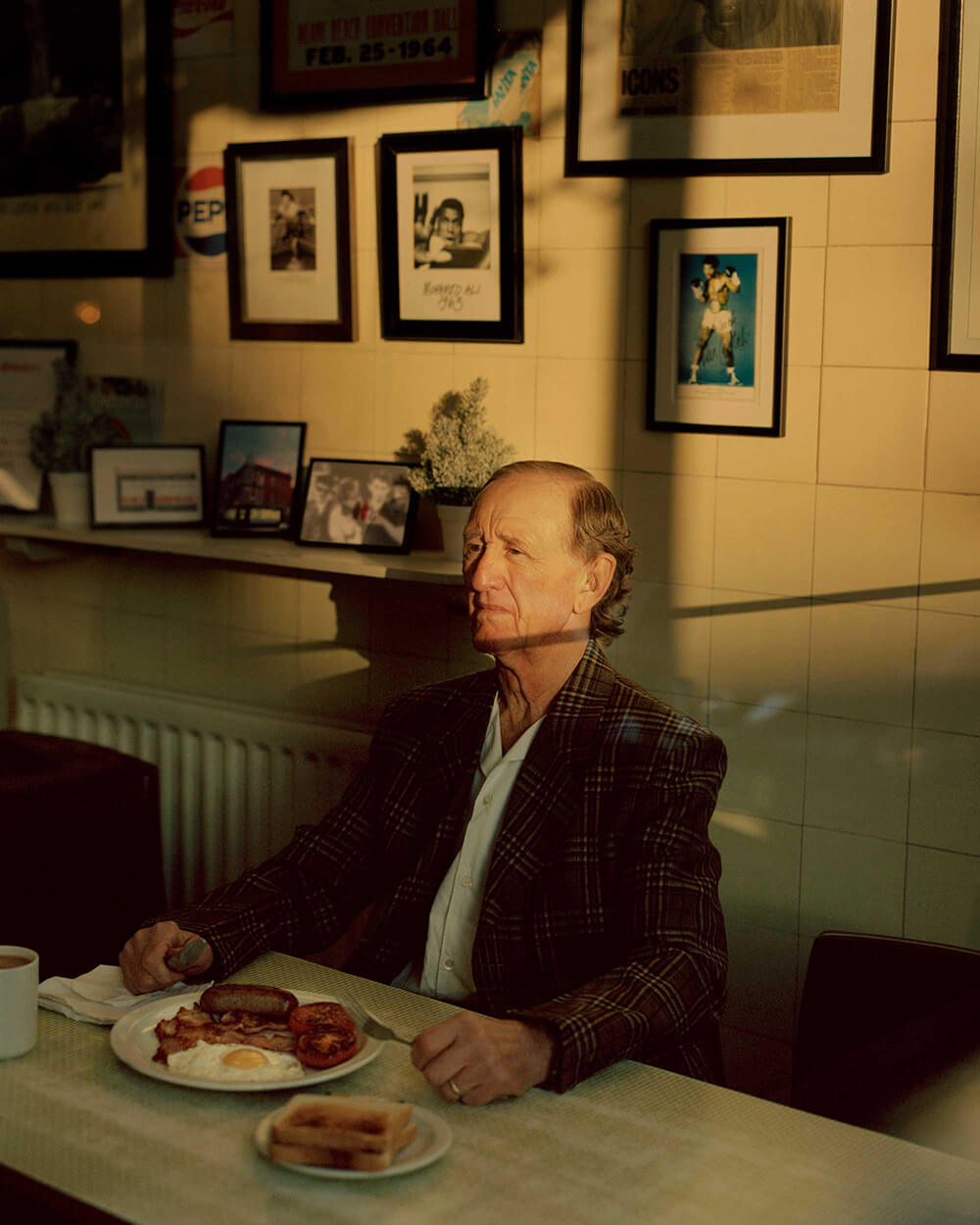
FROM THE SERIES LOCAL LONDON
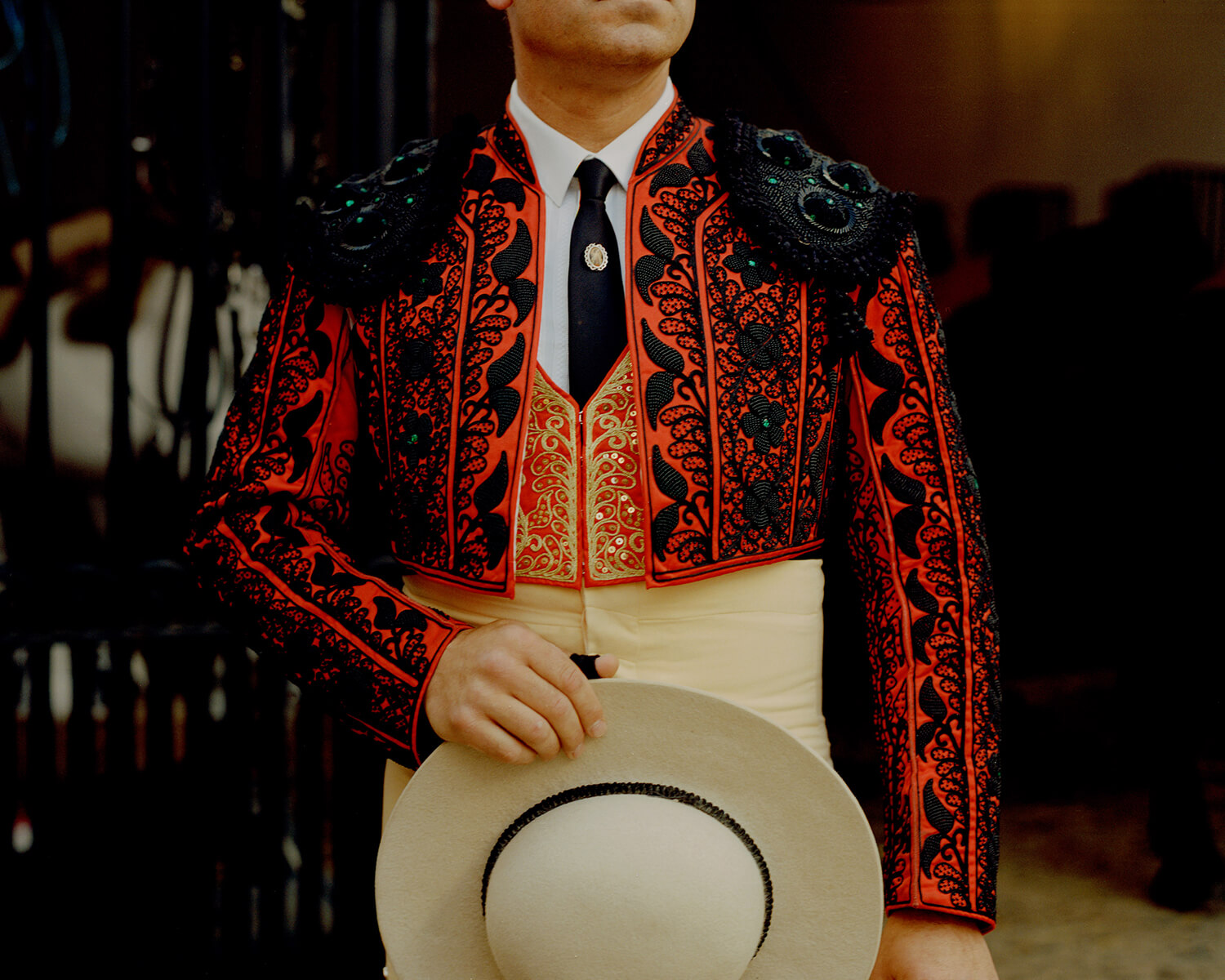
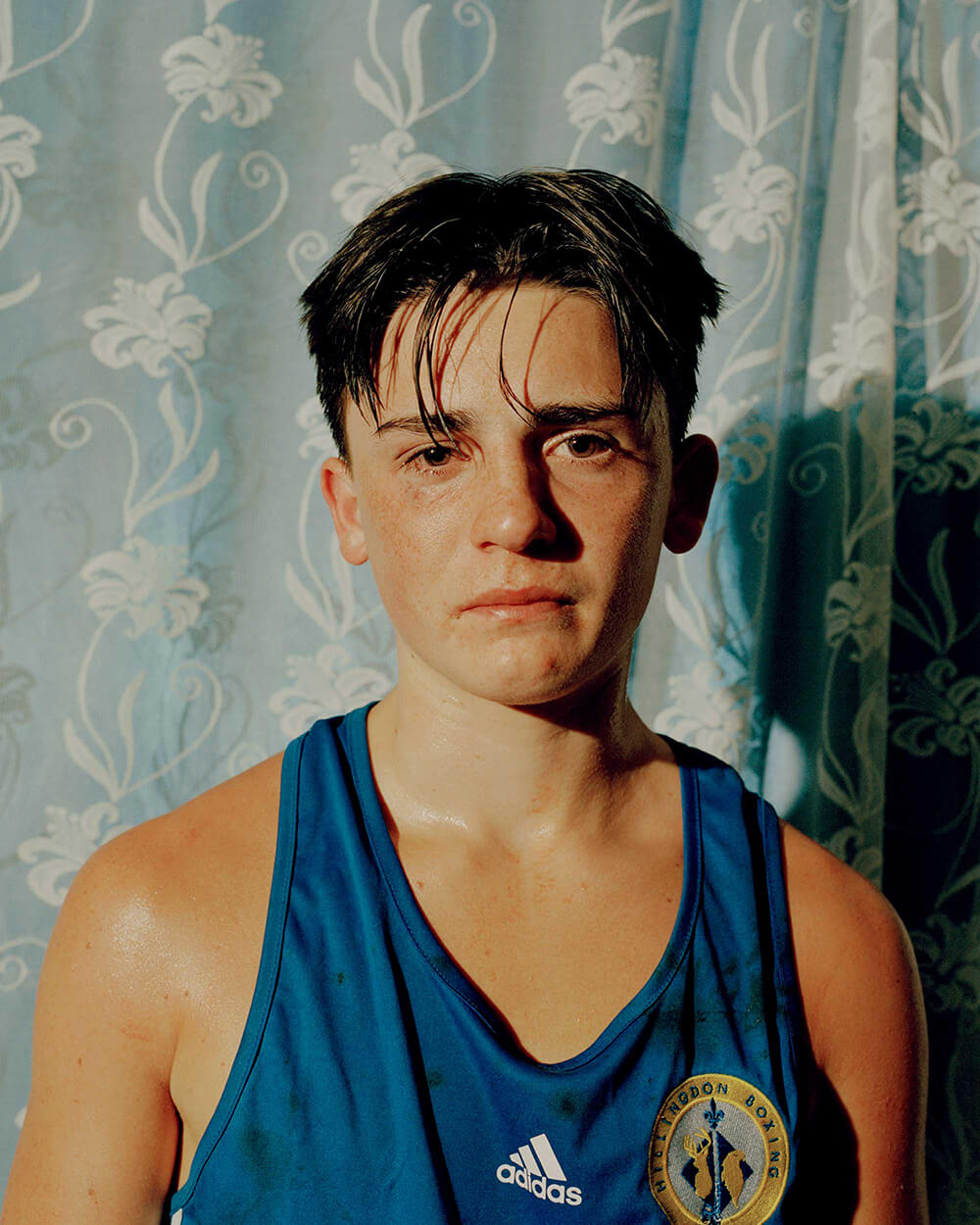
FAVORITE SHOT “RUNNER UP”, FROM THE SERIES DOUBLE JAB
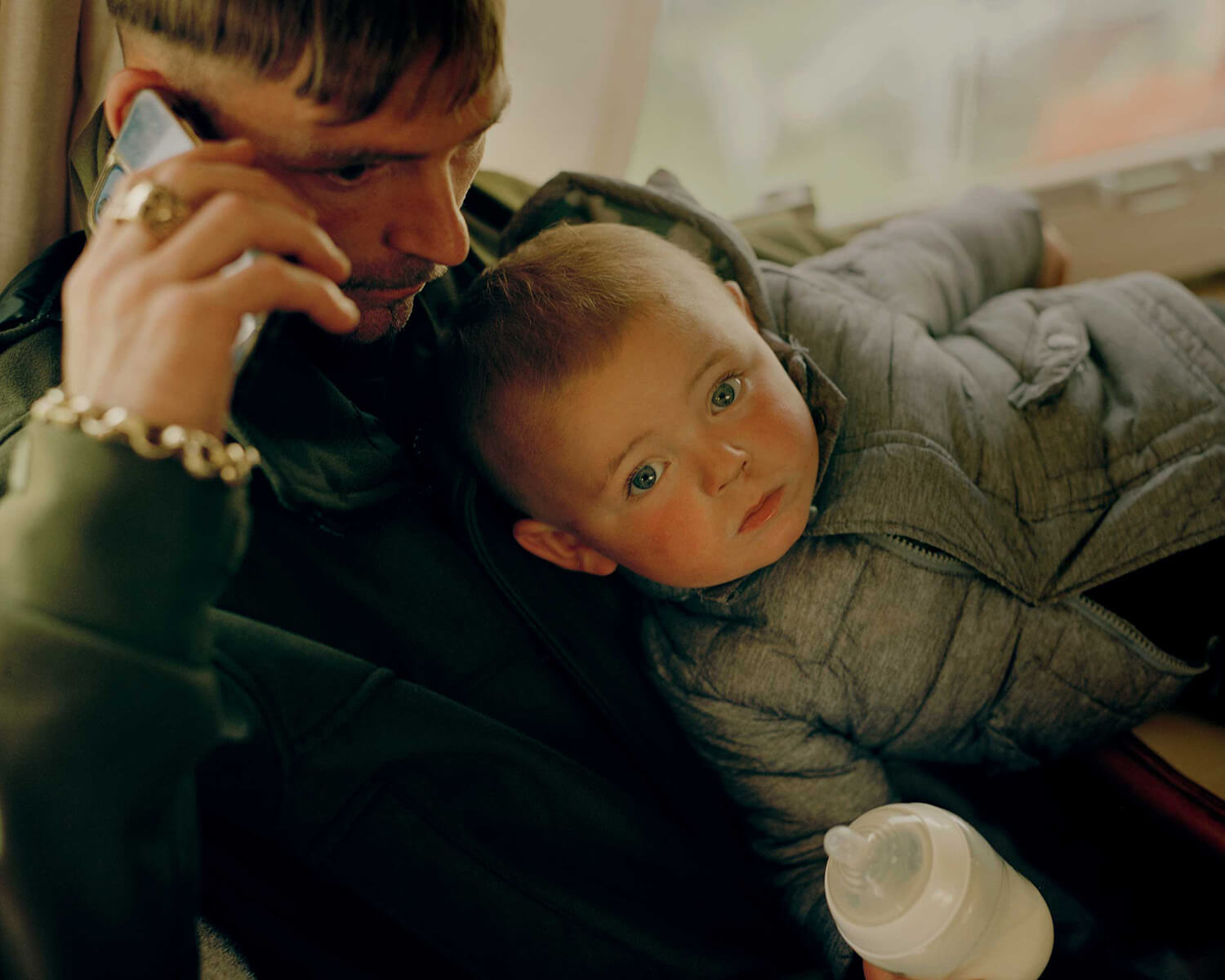
FAVORITE SHOT “FATHER AND SON”, FROM THE SERIES PILLAR TO POST
You’ve worked with some pretty big brands. And how do you balance creative expression with the demands of clients? Are there any favorite projects you’ve worked on?
Working with brands is a huge part of my photographic practice. It allows me to collaborate with brilliant creatives at some of the best agencies in the world and has produced some of my favourite and most memorable work.
It is always a fine balance to retain my own creativity but it’s something that is important to the success of the final piece for myself, the agency and the client. I think I’m lucky that I have worked with a lot of creatives who trust my vision and have allowed me to bring my style to the commissions I shoot.
The KFC ads I shot with Mother would be up there with my favourite commissions, it was one of my first big jobs meaning there wasn’t too much expectation and the creatives gave me total creative freedom right from the casting process to the final retouching of the images.
With all the buzz around AI-generated imagery at the moment, what are your views? Do you see it as a threat, an asset, or an irrelevance to your work?
Given the current buzz surrounding AI-generated imagery, I view it with a sense of concern as well as enthusiasm.
On one hand I see it as something very exciting that we could all use and enjoy, the ability to art direct images without the constraints of real life is pretty amazing and something that is going to produce some exciting work. It would give someone who has an idea, but less of the technical camera skills or access to resources to realise their vision, which I think is really cool.
On the other hand, it has the capacity to devalue the craft and effort that goes into producing original and meaningful imagery which could lead to a saturation of indistinguishable work. In terms of copyright, the current model feels very exploitative of the original artists, with no respect for copyright and it feels like it could be threatening to many jobs, not only in the image making world but many other disciplines.
It’s going to be very interesting to see how AI develops in our field and industry but I’m hoping that it doesn’t cause too much damage to the way photographers currently work and make a living.
What’s the best piece of advice you’ve ever had?
While it is difficult to single out a specific piece of advice, one valuable lesson that has had a lasting impact on me came from my drum teacher during my teenage years. He suggested setting goals and developing long-term plans. This advice was to set out objectives for the day, the week, the month, the year, and extending all the way to five-year and ten-year plans. I embraced this advice and applied it to my photographic journey, recognising the importance of having a clear direction and purpose.
And finally, what are your plans for the rest of 2023?
I have a fairly exciting rest of the year ahead, I will be working on getting Pillar to Post made into a book, releasing a new project shot in Seville, I have an exhibition at Village Books in July and some exciting commissions on the horizon.
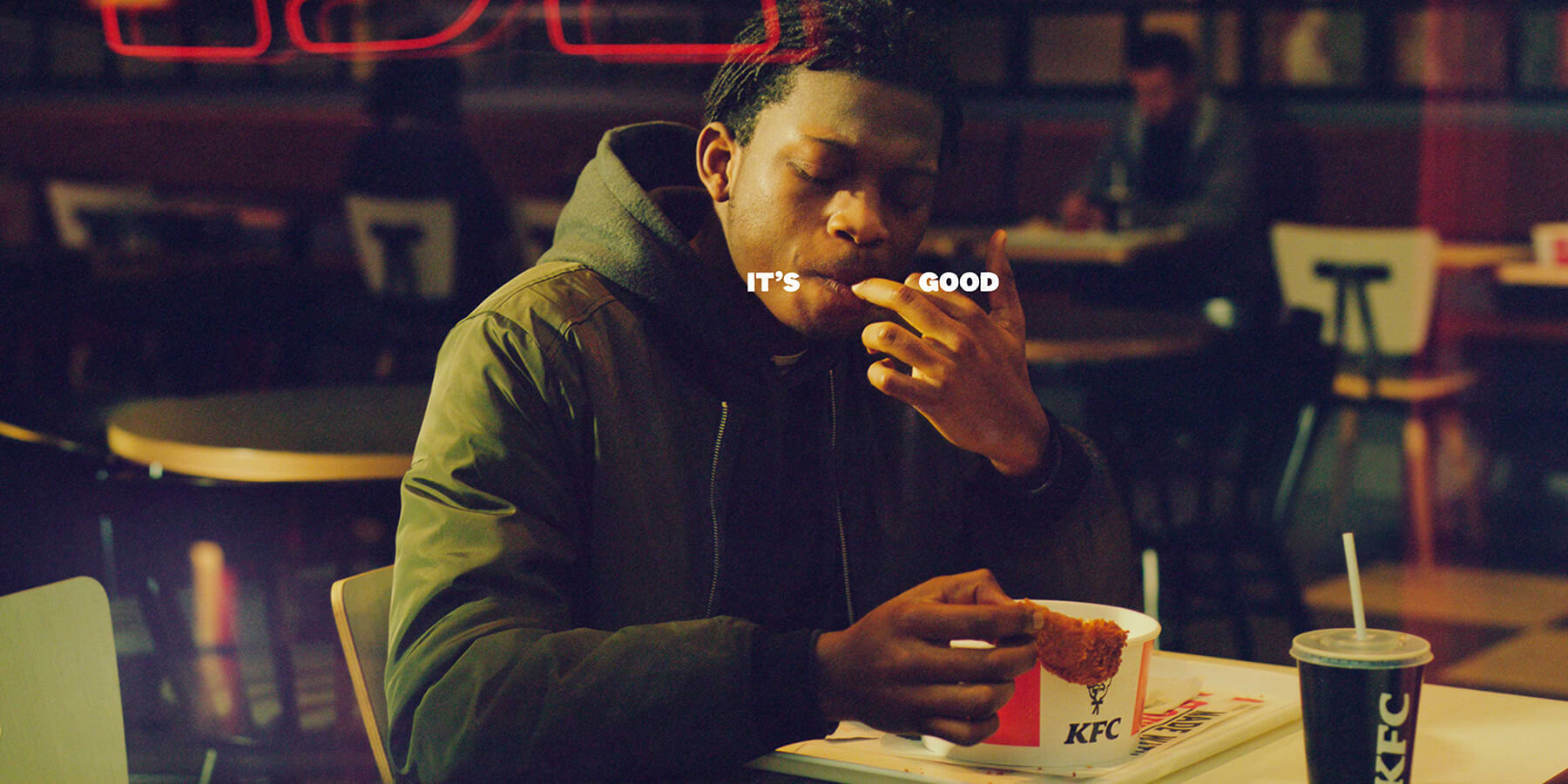
WORK FOR KFC, COMMISSIONED BY MOTHER
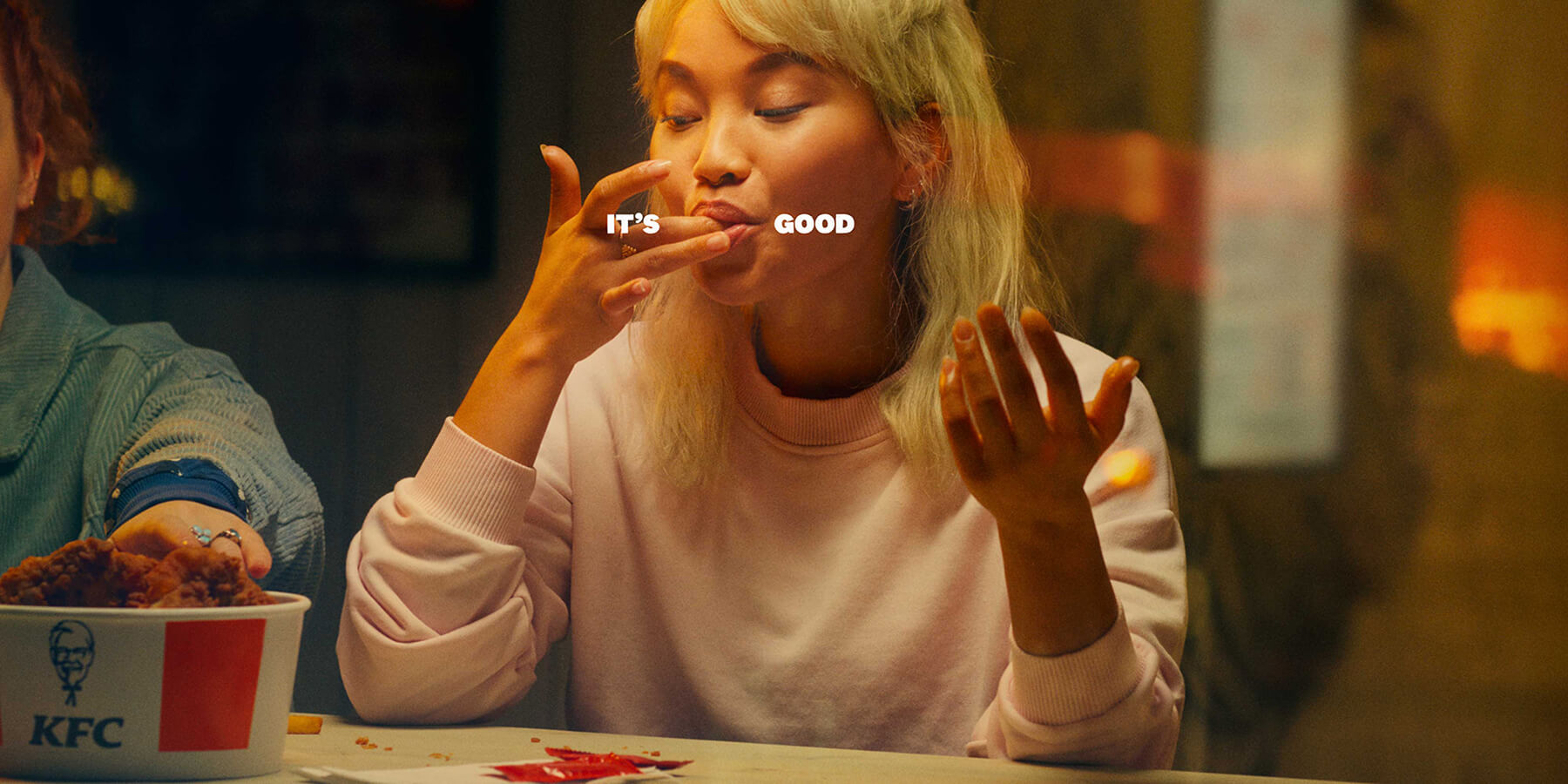
WORK FOR KFC, COMMISSIONED BY MOTHER
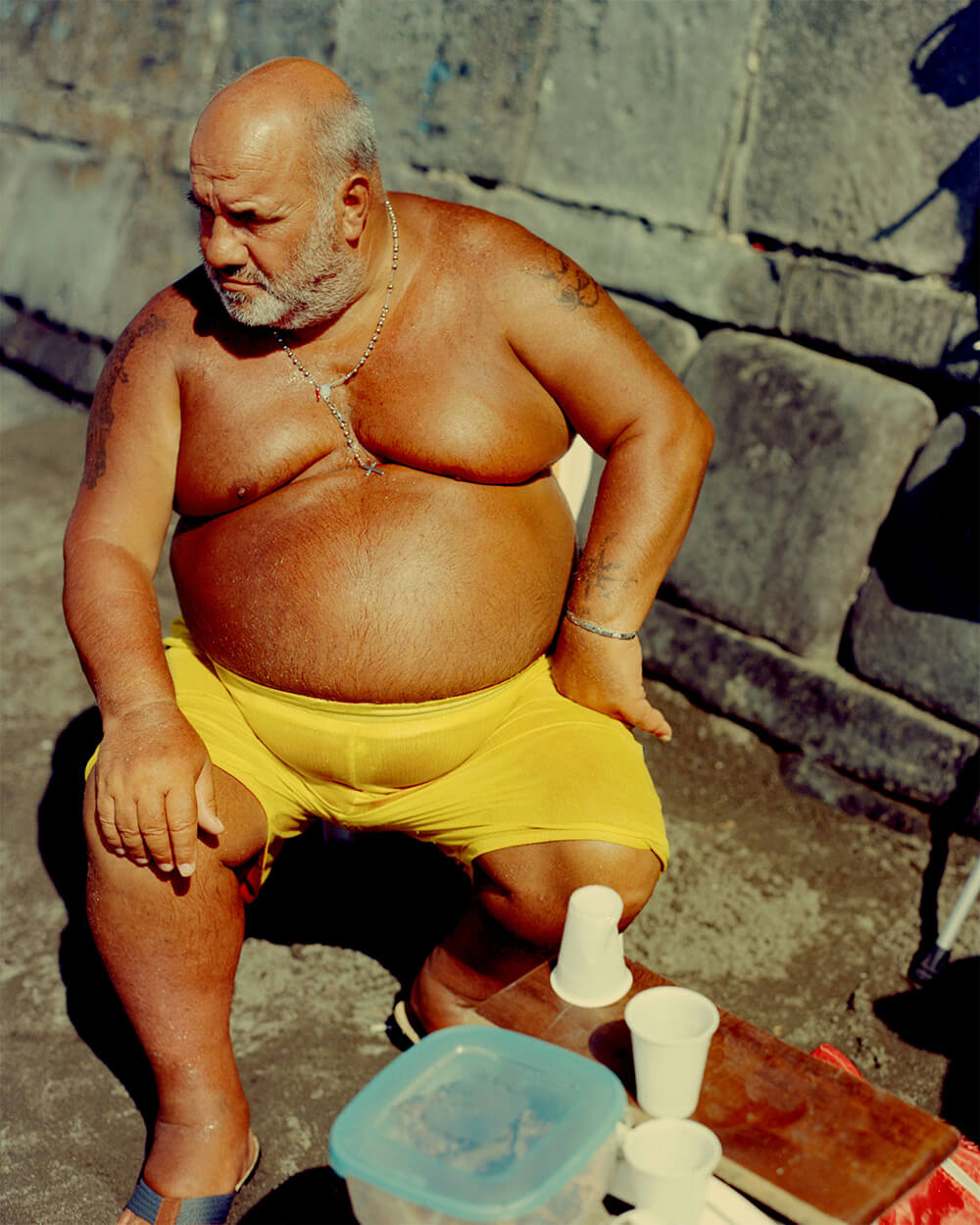
FROM THE SERIES CITY OF THE SUN
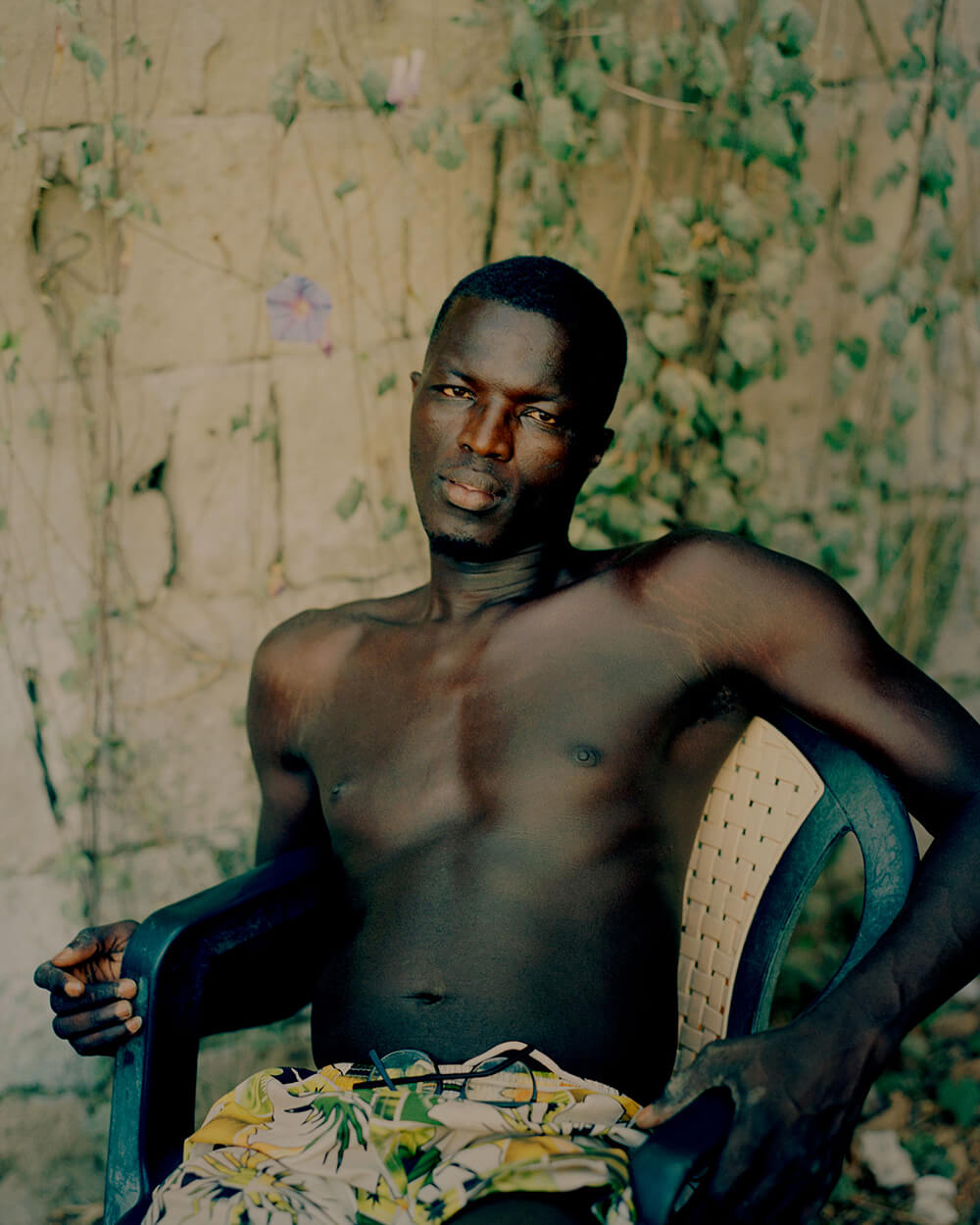
FROM THE SERIES CITY OF THE SUN
All images © Sam Wright
Follow him on Instagram: @_sam_wright_photo and see more at www.samwrightphoto.com
